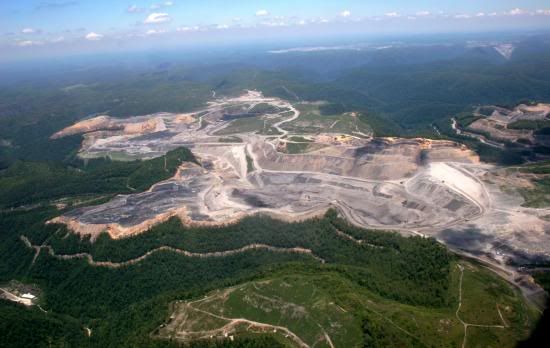 |
| Syrian protest, April 2011 |
The wave of protests and revolutions now called the Arab Spring, which achieved remarkable success in Middle Eastern countries like Egypt and Tunisia, has had a profoundly devastating effect on Syria. Instead of toppling the current regime, the protests in Syria have led to a brutal civil war, with no end to the violence in sight. With deaths numbering in the tens of thousands, many being innocent civilians including women and children, it seems the dream of the Syrian revolution has turned into a nightmarish situation of unchecked oppression and insurrection. The rebels, comprised of several independent military organizations, claim to be fighting to topple a corrupt regime and bring freedom to Syria. The government, led by President Bashar al-Assad, claims that the nation is under attack by terrorists and armed gangs funded by regional rivals like Turkey and Saudi Arabia. Both sides view each other as existential threats, making a political solution all but impossible.
 |
| Pro-Assad rally, October 2011 |
|
The failure of the Syrian protesters can be explained in part by the political strength of the Assad regime. Unlike the Mubarak regime in Egypt, Assad enjoyed support from large sections of the population as well as the complete loyalty of the military. The Alawites, the ethnic minority that makes up most of the ruling class (including Assad himself), have largely remained faithful to the regime. Many speculate that the fall of the regime would result in a state led by the Sunni majority, potentially leading to a massacre of the Alawites by Sunnis seeking revenge for the victims of the regime. The Syrian government tried to maintain an image of multiculturalism by giving positions to Christians and other ethnic minorities in Syria. This is another way to instill fear in the population in order to maintain the stability of the regime. Syria is also a much smaller and more densely populated territory than Egypt or Libya, making it easier for the military to stop the protests by force.
 |
| Destroyed buildings in Syrian city Aleppo, October 2012 |
The survival of the Assad regime can also be explained from a geopolitical perspective. Syria is a close ally of Iran, perhaps the greatest rival to the United States and the West in the region. It is also a major importer of Russian arms, making the Assad regime a strategic ally of Russia. Mutual distrust between the US and Russia (along with China) prevented a UN resolution that would have allowed a military intervention. It seems the UN, which has never been a hindrance to American military adventures before, was used as an excuse to avoid blame for the lack of a military intervention. This is just one of many examples of how the US uses its military dominance to promote its interests rather than its values. We intervened in Libya because the West had much to gain from Libyan oil fields, despite the official reason of preventing a massacre. Meanwhile, when massacres happen repeatedly in Syria, we do nothing because there are no major resources to be gained. Although the Obama administration has denounced Assad and encouraged the rebels, the conflict in Syria has not been a priority in the drawn-out presidential campaign that has been dominating American news. The US military strategists may even think that it is in our interest to let Syria collapse into civil war, to deny the support they give to Iran and Russia. If this is the case, the Syrian people are in for continued violence and instability for years to come.












